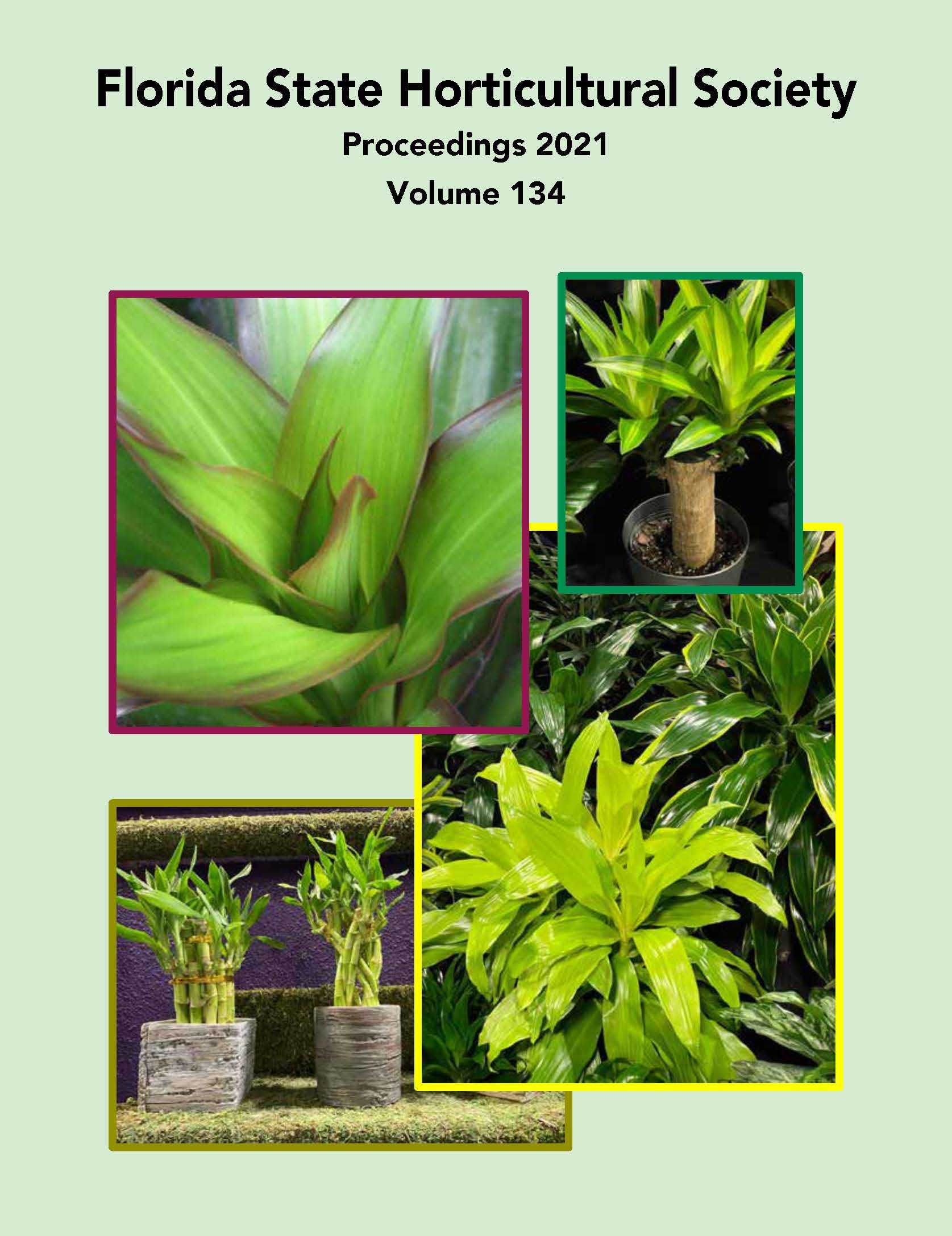A Review of the Effect of Magnesium on Performance of Huanglongbing (HLB)-affected and Non-HLB-affected Citrus Trees
Abstract
Citrus production is one of the most important and valuable fruit industries worldwide, although production and area harvested have been declining in some of the biggest producing countries, mainly because of Huanglongbing (HLB), also known as citrus greening. Nutrients play an important role in defense mechanisms and have the potential to extend the productive life of HLB-affected citrus trees. Ensuring adequate magnesium (Mg) nutrition could be important in this context because of its role in photosynthesis and carbohydrate partitioning. This paper reviews how Mg affects citrus trees with and without HLB. Results frompast researchare inconsistent, most likely because those studies aimed to raise soil pH and overcome Mg deficiencies by using low-solubility Mg sources (e.g., dolomitic lime). In contrast, recent data using water-soluble Mg fertilizers show that Mg may affect vegetative growth (greater canopy volume and leaf Mg), fruit yield and fruit quality (greater juice acidity).While Mg applications can have positive effects on vegetative growth (e.g., canopy volume) and leaf Mg concentration, and either positive or negative effects on yield and juice quality, grove management including a balanced nutrition program seems to be optimal to address HLB. Adequate management of Mg and its interaction with other nutrients may help keep citrus trees in production despite HLB and a well-designed fertilization program may allow growers to partially overcome the effects of HLB on citrus growth and productivity.

